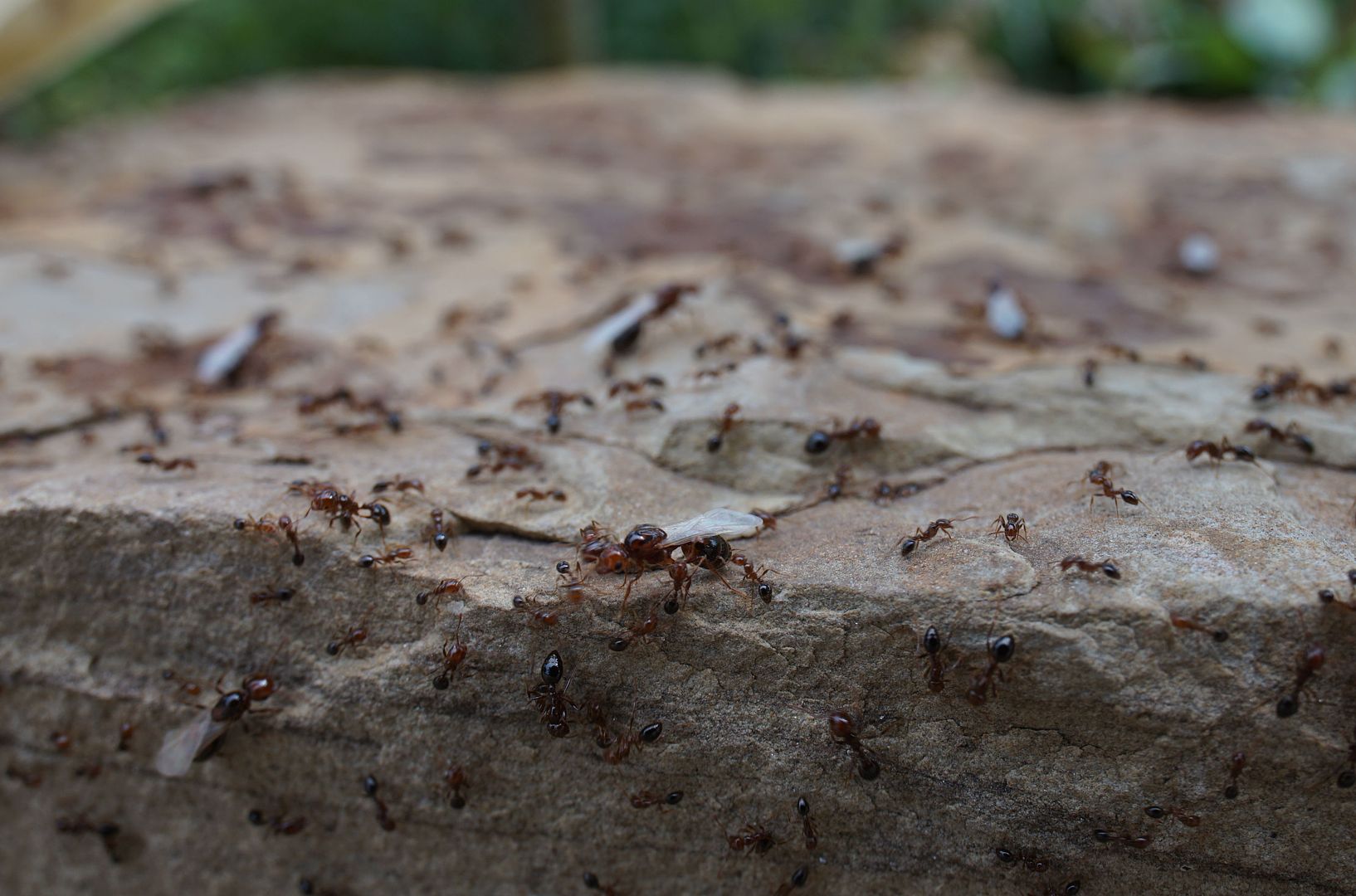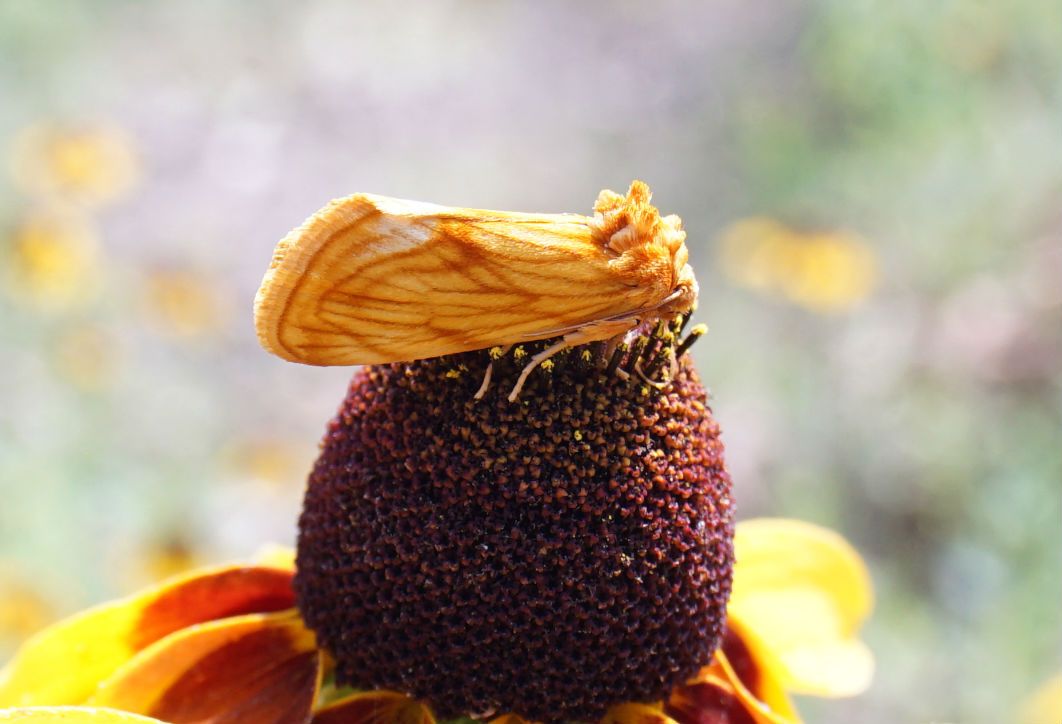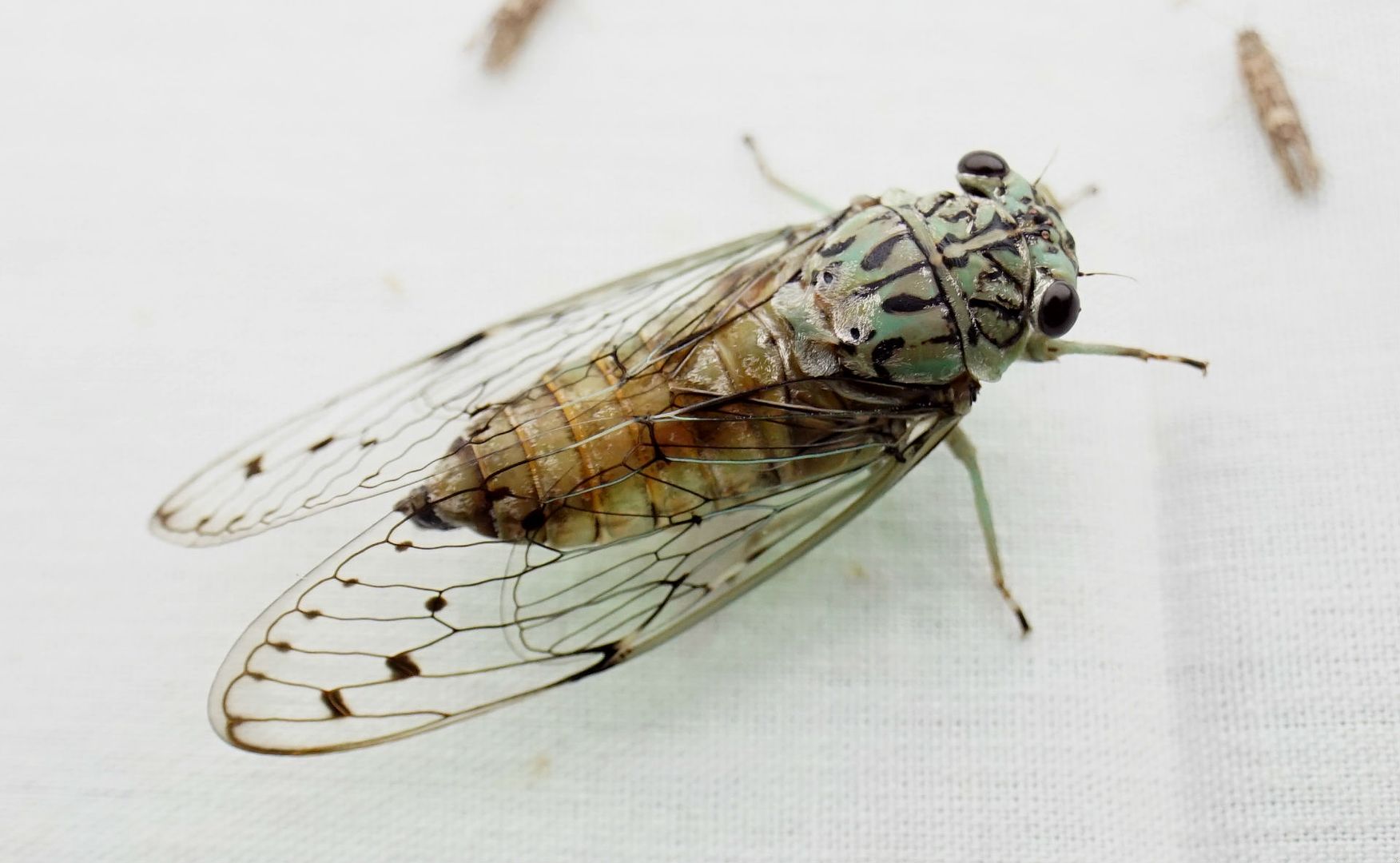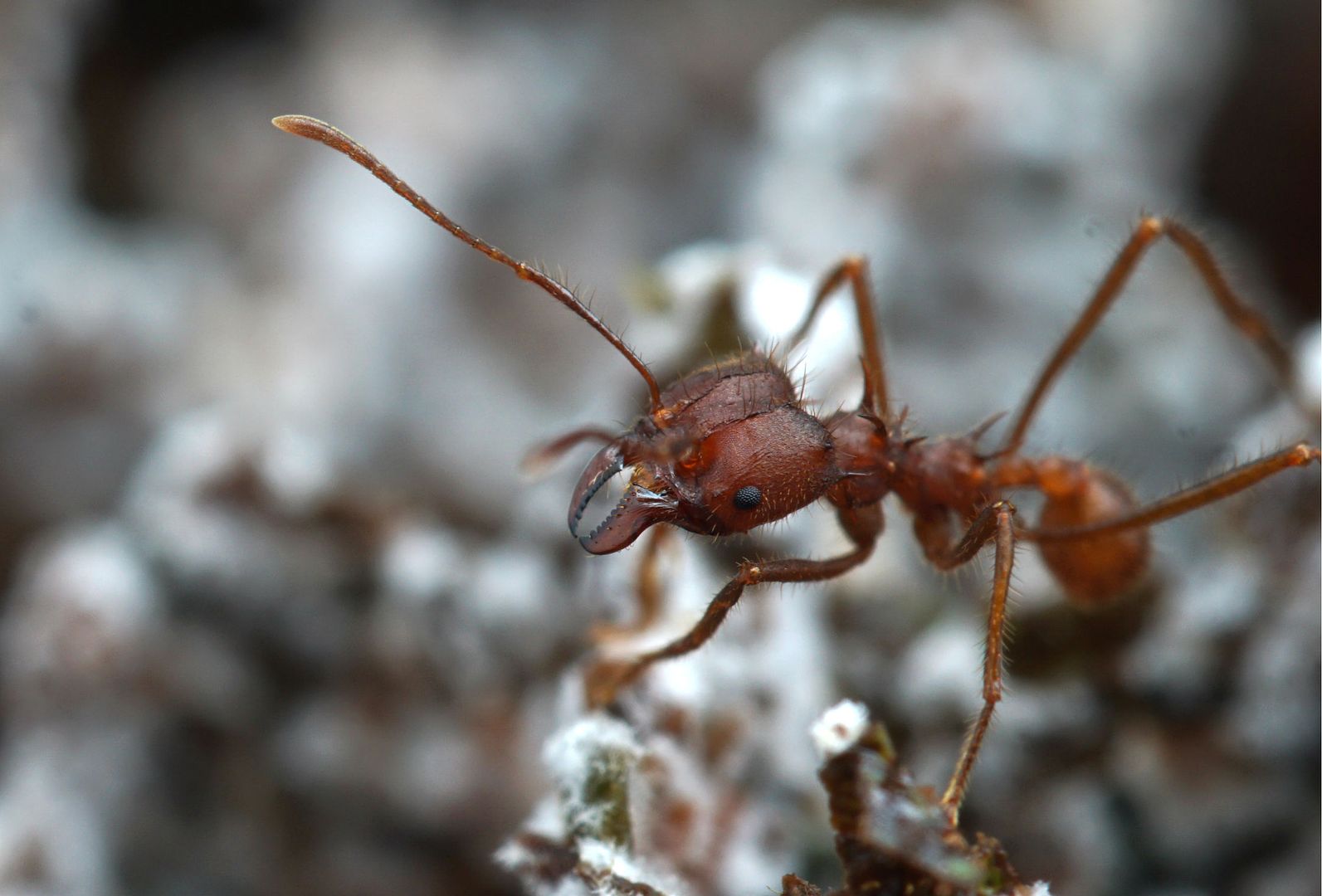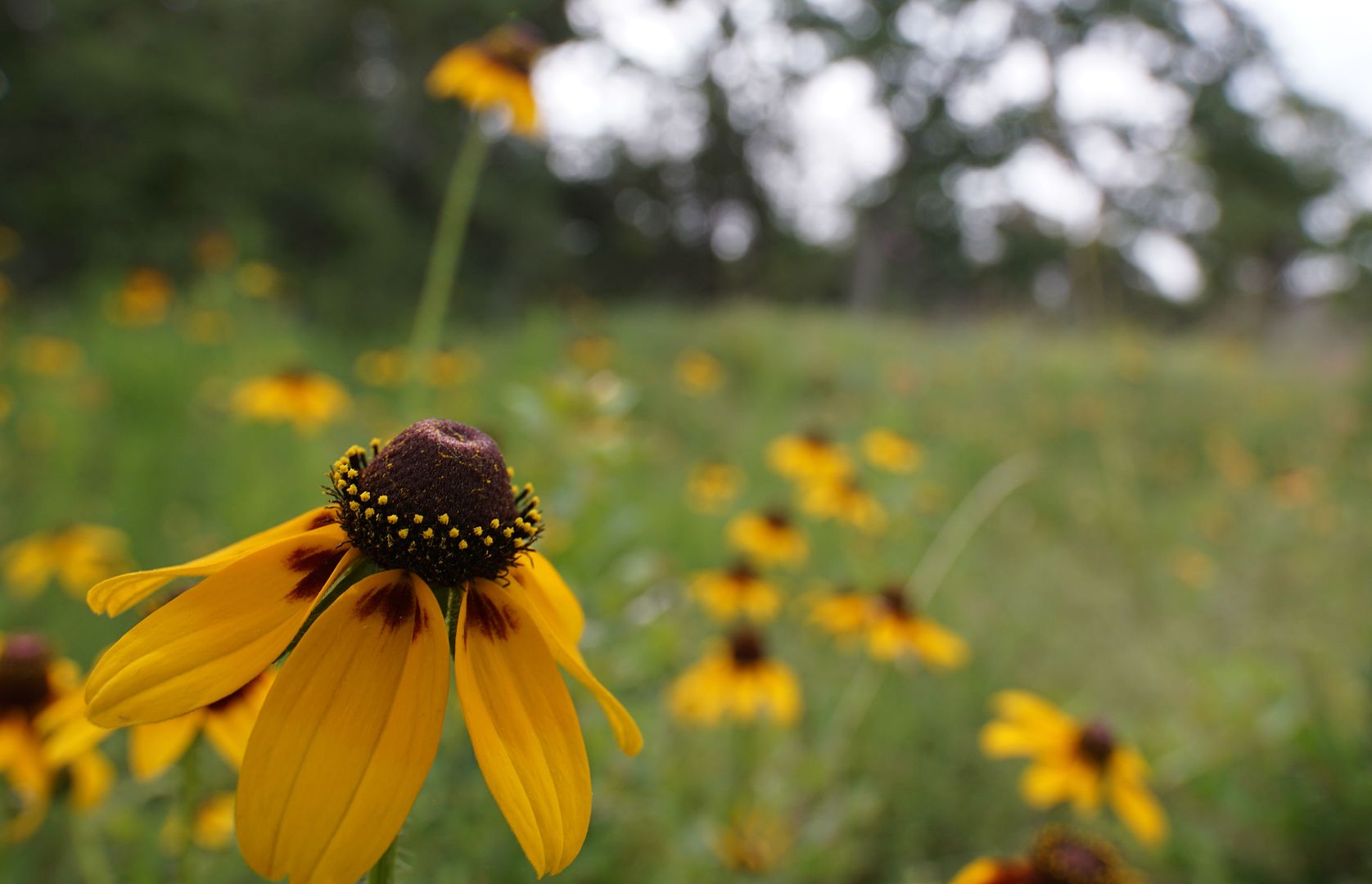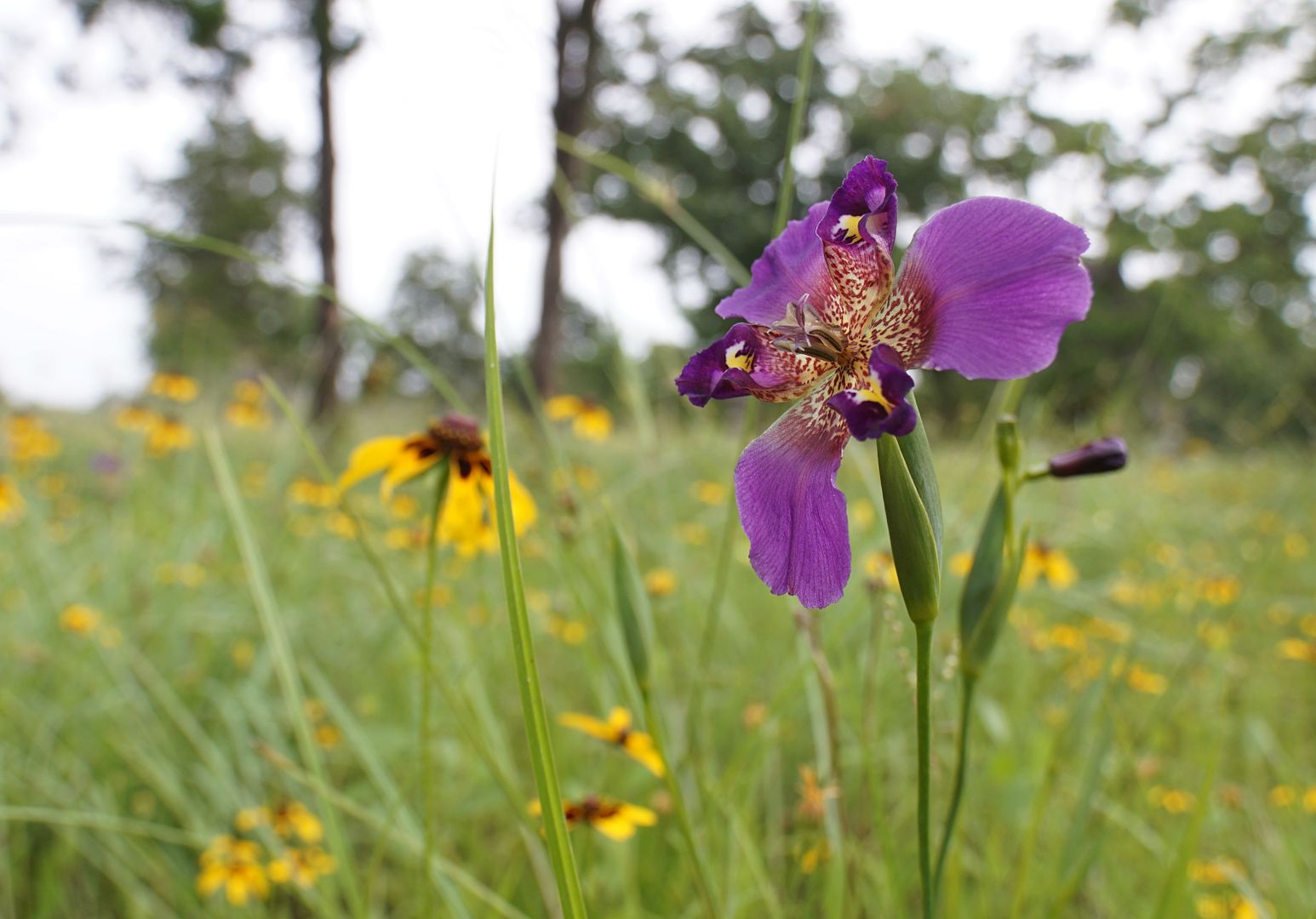Bug Shot 2016 in Austin was a three and a half day course that took place at McKinney Roughs Nature Park. The course itself was really good and pretty well put together. It was organized, well put together, and you got time with each of the three main instructors. Everyone was knowledgeable on the topic and I learned a hell of a lot almost to an intimidating degree. Testimony from a few of the regulars who show up to these courses believe that this is one of the best insect photography classes out there.
Apparently there's been a need for a course like this for quite some time. Most photography workshops that deal with macro have people shooting things like coins and flowers, which are nice and I'm sure there's a market for, but few focused on just shooting insects. And what's more the few workshops that do focus on insects, aren't necessarily being taught by an entomologist. Some of the regulars who have been attending Bug Shot since it began 5 years ago, tell stories about courses where they were just in an annex room to some hotel and watched a man take pictures for a few hours with no hands on training what so ever. So Bug Shot is a great value for your money.
McKinney Roughs served as a wonderful biodiverse hot spot for our photographing needs. The buildings are landscaped with mostly native flora that drew in things like stick insects, black swallowtails, fire ants, and a whole host of spiders, dragonflies, bees, etc... They also have several patches of wildflower meadows setup which were teaming with other lovelies a lot of which were things rarely photographed, such as blind snakes, and a particularly fun lichen orb weaver.
Shots in the Field
Solenopsis invicta, the red imported fire ant, was having a nuptial flights when I arrived the first day. I could have come collected several dozen queens of this species without even looking for them. That's about how many new founding queens of this invasive species I noticed over the weekend just walking on the ground. Had I started lifting rocks and dug up small holes I'd have likely found hundreds more.
One of our first tasks was to go about and take photos of insects out in fields. We were also handed collection tubes for temporary captivity; things we wanted to photograph in light boxes later on. Here were some young assassin insects on a thistle plant.
Some type of fly on a Black Eyed Susan. I noticed the dark patched form of Black Eyed Susan was more common down there than the solid yellow kind we have in NJ.
What I believe to be a Swift Moth, though I can't seem to match the vane coloration to any species.
A Lynx Spider consuming two flies.
The obligatory Jumping Spider which all Macro Photographers have to photograph at one point or another.
An Argiope Spider. I'm not sure which one as they all seem to be colored fairly similarly and change pattern a bit as they grow in size. It's a neat species because they build this solid thatching at the center of their webs so if a bird were to come along they simply crawl onto the other side of it to hide.
Nothing tests out a wrist heart monitor quite like having a Lichen Orb Weaver running up your arm. We were fortunate enough to have an experienced spider wrangler in the group. I had no idea spiders could preform tricks!
First he made sure the spider was fair tempered. Sometimes they're more than happy to bite at will though this one was very well behaved, though it never stood still long enough to photograph well! Basically the moment they're out of their container they want to build an 10' tall web... on your hand. So they attach a line to your fingers a few feet and let out a second line. If the second line attaches onto something, they will crawl over to it and start building their web, but if it doesn't then they'll climb back up to your hand, kind of like a yoyo.
I noticed the Honeybees favored two wildflowers down there. Namely Horsemint, which did a good job of smearing pollen on their backs.
And a new plant to me called Red Yucca, or Red False Yucca as it's not technically a true Yucca. It's a type of grass that produces a very tall arching cane of soft red flowers.
Light Box Outdoor
One of the workshops focused on using a light box outdoors. I provided a stick insect I caught for us all to photograph. While it made for a steady subject, the photos were lacking compared to some of the others bugs used, sadly. Another group had a Mantid Lacewing which seemed to be quite the performer. A day or two into the course I was starting to feel epileptic and had to med up and go to bed early. This was likely brought on by 4 hours of staring at a flash bulb go off in a light box the night before.
Beside us on a pick nick table was some type of spider which had the spider people gushing... not being a spider person myself I have no idea what it is or the significance of it.
Actually that was kind of a problem the whole trip. I was the only ant guy there aside from Alex Wild, while most of the other students were general entomology majors. So I learned what it's like to be in a room full of people spouting Greek and Latin names and having no idea what they were talking about. At one point someone came in the room shouting, "Agkistrodon contortrix! Agkistrodon contortrix!" or as it's otherwise better known, A Copperhead Snake! which would have been beneficial to know before I started running out along a dark trail to find out what a Agkistrodon contortrix was. (There were people already there with flash lights pointed at it but you get my point.)
Black Lighting at Night
Each night, they setup special lights to attract insects onto a sheet. These weren't black lights, rather some other kind of light that I found completely irritating to look at, and didn't help at all with the way I was feeling the whole weekend. I pulled through though and got some of the best shots form my trip.
Hieroglyphic Cicada
Maple Spanworm
Light Box
They showed us how to photograph things in a light box and explained the benefits of this. Here a leaf cutter ant, Atta texana, workers can be seen in full detail. It was taken in a white box with two flashes illuminating the whole area evenly with light. There's also the "Know Your Neighbor's" method which has one of the flashes under the subject as it walks on a fogged pain of glass or plastic. This removes the under shadow and can makes wings appear differently in photos. The benefit here is you only get the insect itself and magazine writers like these kinds of photos because they can just put the text right around the subject with ease.
I finally know the pain that Alex Wild (an ant photographer) goes through to get some of his shots. I have about 400 shots of this walking in circles, seemingly drunk, and almost none of them are in focus, centered right, or even have the ant in frame!
This is a queen to this species, Atta texana. She measures 3cm long! making this the largest ant in America, putting Camponotus pennsylvanicus to shame!
Alex brought along his laboratory colony for us to photograph. Being an ant guy I'd have loved to take this thing home with me, but they'd be harder to keep alive over the winter where I am.
Atta texana specializes on plants in the Rose/Apple family... so basically all fruit trees and roses, making this a huge agricultural pest, though there are plenty of plants in this family that occur in the wild.
Wild Flowers
Texas Dandelion I'm told is treated just like our regular Dandelion, a weed. However something about the pale yellow flower, wider petals, and taller, more erect stance of the stem makes me want to grow it.
Black Eyed Susans were abundant in the meadows.
Blanket Flower, though not the most robust specimen. Actually I believe this is the annual species. There's also a biannual which is more commonly sold in the nursery trade.
Indian Paint Brush, which is a parasitic plant on native grasses. The roots attach to their hosts and draw nutrients from them. I believe in some cases these types of plant parasites actually replace the top growth of their host plant.
Texas Blue Bonnet, which I received a free seed pack of. I'll try planting them next year.
Lastly I thought this was an Iris at first. It's in the Iris family but not the main genus when we think of an Iris. The best I can tell is it's Alophia drummondii.
Thursday, June 23, 2016
Friday, June 17, 2016
I'm Alive!
Sorry I haven't blogged in a while. Basically I went to Bug Shot 2016 in Austin and came back feeling overwhelmed. There's something about 4000+ photos waiting to be edited that makes me want to curl up a ball and cry.
I had a great and will be posting the best images I took while I was there. I got to meet Alex Wild which was probably the main reason that I went, and look forward to attending more Bug Shots in the future.
In a way my trip was a bit of a bust, as far as goals I wanted to achieve. I didn't really get to do any anting because I was too busy learning all the cool stuff my camera can do. Also I finally know what it feels like to be in a room with people spouting out scientific names... and not knowing any of them! When I went to Arizona I was in a course for ant people so we were all on the same page. A lot of the other students though were general Entomology majors fluent in the world of Spiders, Bugs, Beetles, and the more common insect families.
One night I had to turn in early because my eyes were bothering me. Something about being in a room with 30+ flash bulbs going off all at once didn't agree with me. And the last two nights I was in Texas it rained.
I'll post more about my trip at a later date though.
I had a great and will be posting the best images I took while I was there. I got to meet Alex Wild which was probably the main reason that I went, and look forward to attending more Bug Shots in the future.
In a way my trip was a bit of a bust, as far as goals I wanted to achieve. I didn't really get to do any anting because I was too busy learning all the cool stuff my camera can do. Also I finally know what it feels like to be in a room with people spouting out scientific names... and not knowing any of them! When I went to Arizona I was in a course for ant people so we were all on the same page. A lot of the other students though were general Entomology majors fluent in the world of Spiders, Bugs, Beetles, and the more common insect families.
One night I had to turn in early because my eyes were bothering me. Something about being in a room with 30+ flash bulbs going off all at once didn't agree with me. And the last two nights I was in Texas it rained.
I'll post more about my trip at a later date though.
Subscribe to:
Posts (Atom)
